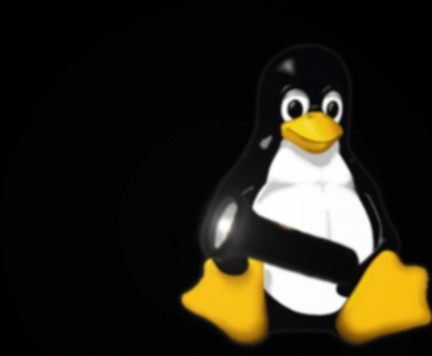
Welcome to xlightframe...
Please visit Project Page on Sourceforge
You can find details about xLightFrame
(in Greek) Here
If you have Philips monitor and use konqueror as browser try this Demo.
The Philips
LightFrame(tm)2
is a technology for TV-quality video and photo display on a computer monitor.
LightFrame(tm)2 displays sharp, bright videos or photos on a Philips CRT
monitor..
xLightframe is an independent
program that has no relation to or links with Philips.
How LightFrame works:
The philips LightFrame(tm) is a combination of hardware and software.
The xLightFrame transmits coordinates of the selected screen area to the
monitor by writing instructions on the last line (or at any other line,see
source code) of the video signal.
The LightFrame hardware inside monitor blanks the LF line, making it invisible
to the user.
Hardware translates the instructions and highlight the selected area.
xLightframe is useful only on Philips LightFrame capable monitors like
105B, 107S, 107T, 107B, 107P, 109B and 109S. It will not work
with older Philips monitors.
Until now is tested and works fine on mine 109S 19" monitor..
If you test this program please mail me with your model...
xlightframe
Options:
-f Highlight all screen
-c Clear LF window
-h Help
You can pass geometry if you want to highlight only a part of screen.
ex: xLightFrame 1 1 100 100
Highlight a window starting from upper left corner 100 pixel width and
height;
Compile:
See INSTALL
Don't forget to set LDFLAGS before run configure
ex: LDFLAGS="-L/usr/X11/lib/ -lX11 -lXext -lXpm" ./configure
Companion programs: *For
the momment you can find this programs only on cvs
lfw.sh
Just run lfw.sh select any window (kwintv etc) and see ;)
If you install xlightframe to location deferend from /usr/local/bin edit
the script...
Also you must have awk and xwininfo installed on your system...
lfwf.sh
Same as lfw.sh but follow selected window.. The script stops only with
ctrl+c or if you close the target window.
lfs.sh
Select screen area to highlight. You must have import (from ImageMagick
) installed on your system...
xlf2png
Just pass coordinates at command line and get a png file as output.
ex: xlf2png -W800 -H600 test.png 1 1 100 100
Generate LF window starting from upper left corner 100 pixel width and
height
The size of generated PNG is 800x1 pixels
Options:
-W Pass the width of window to emulate Default=1024
-H Pass the height of window to emulate Default=768
-r Generate reset LF
-i Generate init LF
Dependencies: libpng
Compile: If you need to compile only xlf2png..
LDFLAGS="-lpng" cc $LDFLAGS xlf2png.c -oxlf2png
xlfcgi
Just pass coordinates at url and get PNG as output. You can use it to
and LF effect at your page ;)
see the demo..
ex: http://localhost/cgi-bin/xlfcgi?W=800&H=600&x=1&y=1&w=100&h=100
Generate LF window starting from upper left corner 100 pixel width and
height
http://localhost/cgi-bin/xlfcgi?W=800&H=600&x=1&y=1&w=1&h=1
Generate clear LF
http://localhost/cgi-bin/xlfcgi?W=800&H=600&x=0&y=0&w=0&h=0
Generate init LF
The size of generated PNG is 800x1 pixels
Options:
W Pass the width of window to emulate Default=1024
H Pass the height of window to emulate Default=768
Dependencies: libpng
Compile: If you need to compile only xlfcgi..
LDFLAGS="-lpng" cc $LDFLAGS xlfcgi.c -oxlfcgi

